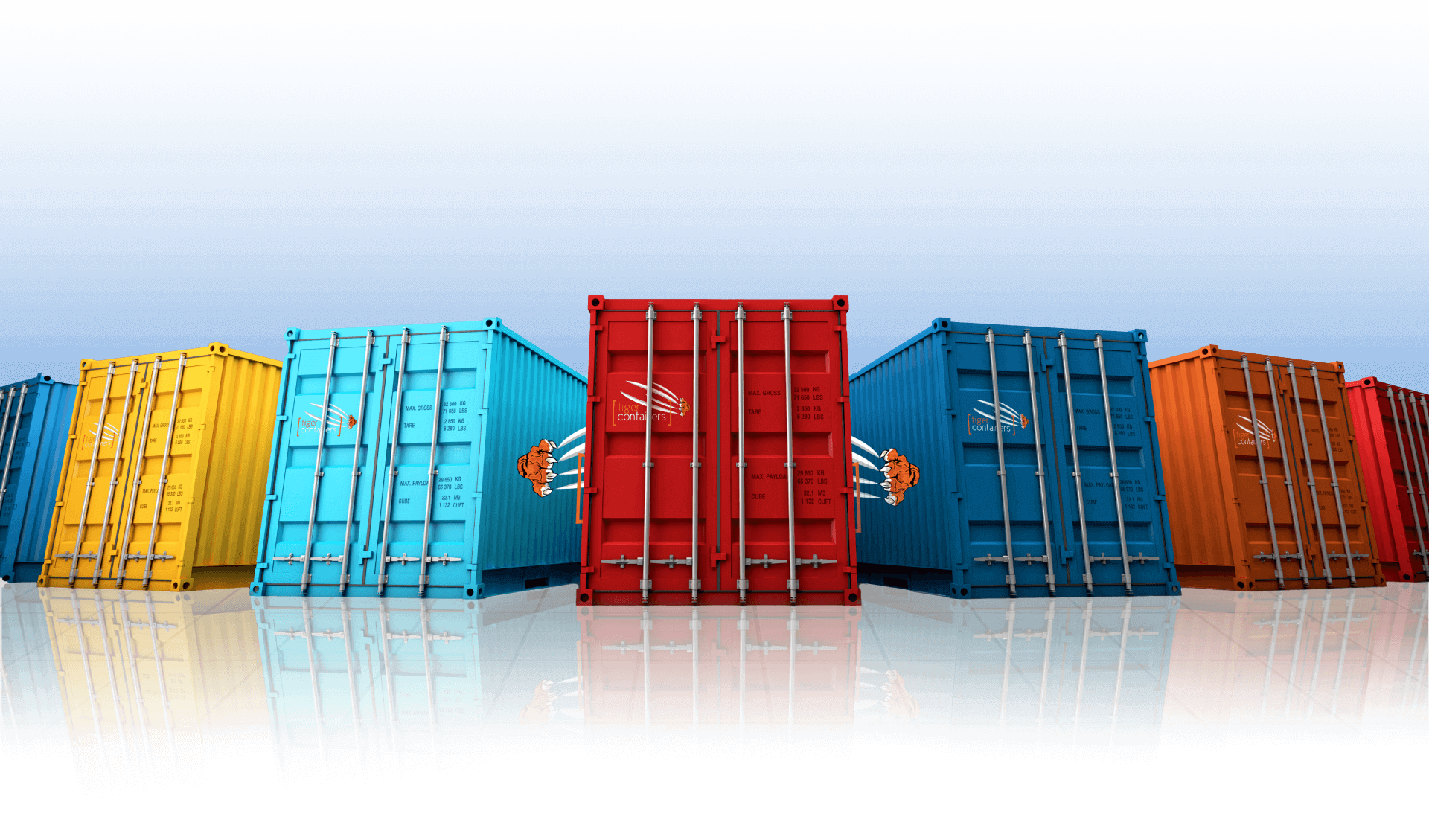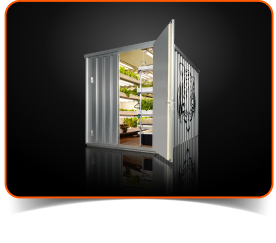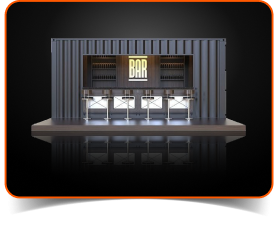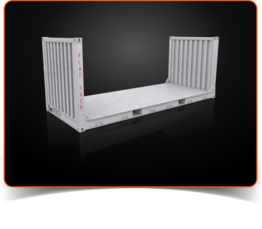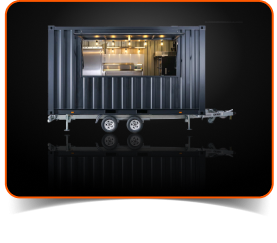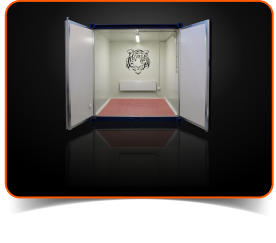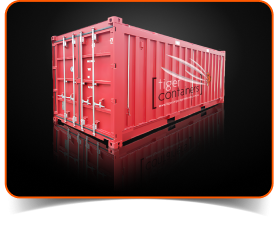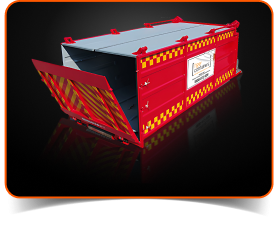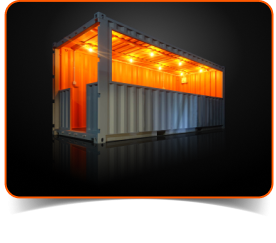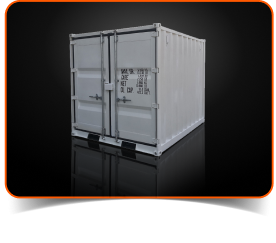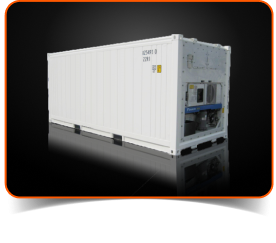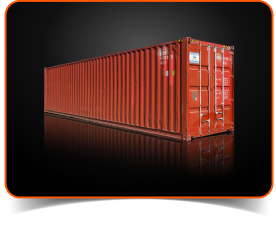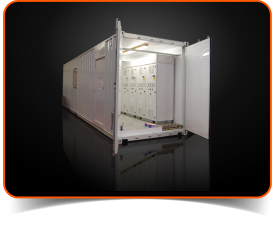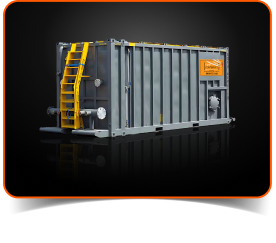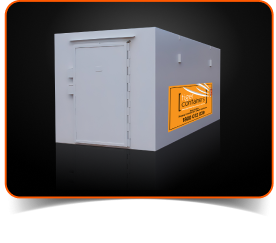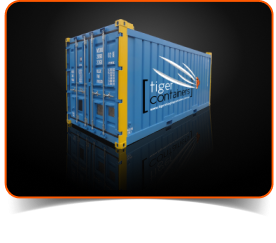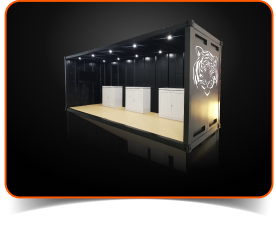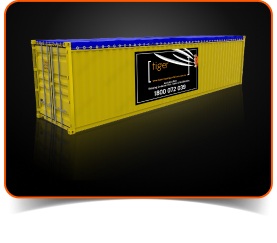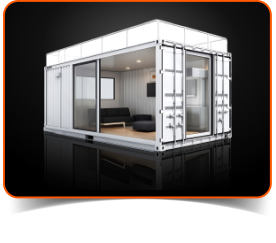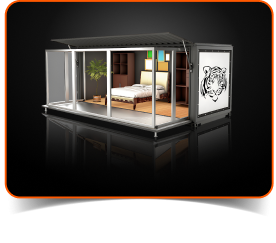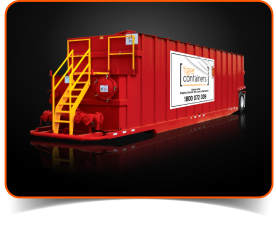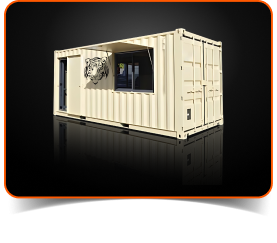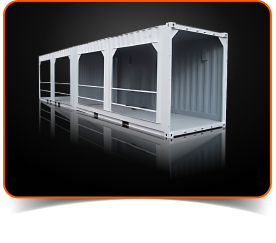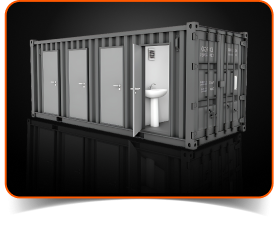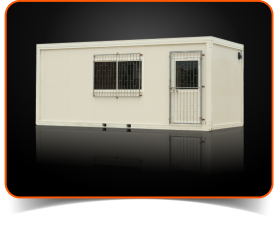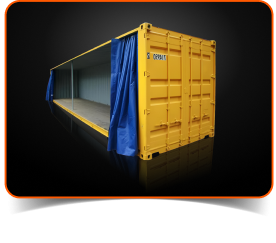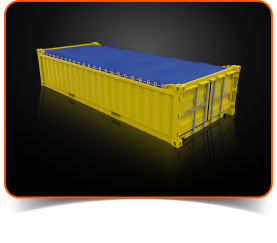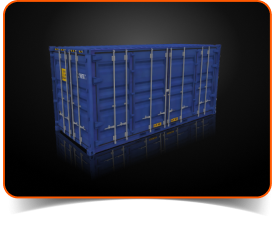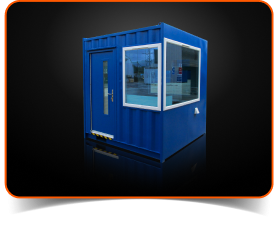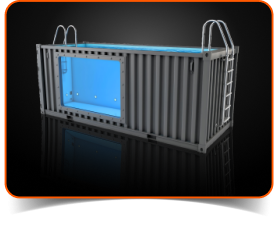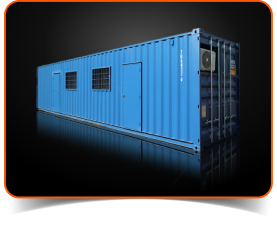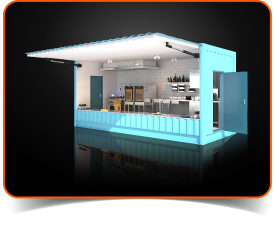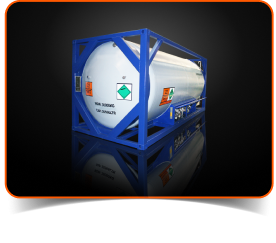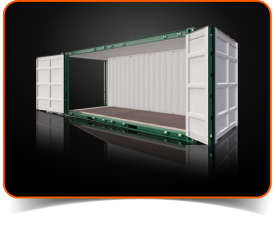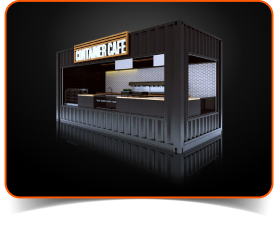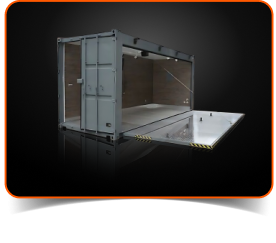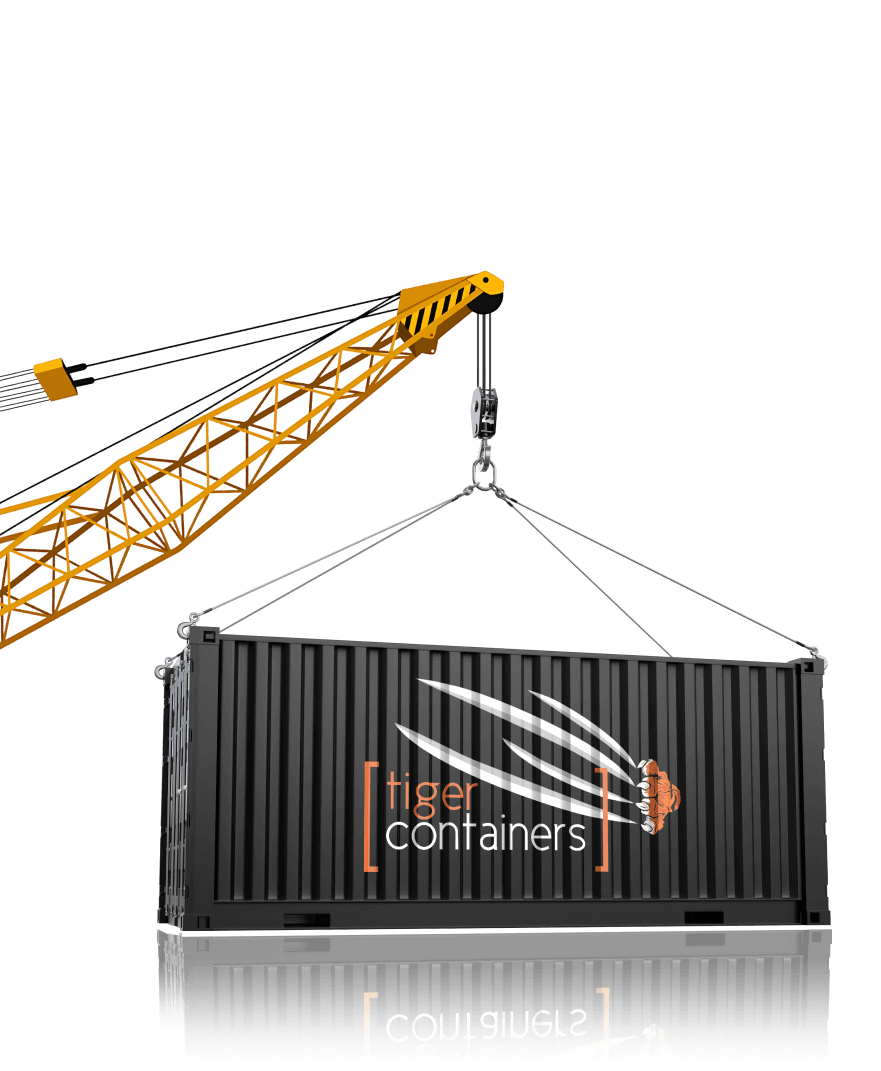Modified shipping container
With a breathtaking 31 million 20ft containers transported across the Pacific Ocean in 2021, it’s not surprising that there are a considerable number of them available for various other purposes. This means you can modify your shipping container for storage use or repurpose it in another way.
Second-hand containers in Australia and all across the globe are popular, readily available and affordable.
With a raft of uses from tiny homes, offices, warehousing and storage, they can be quickly implemented into many entrepreneurial and innovative uses.
As premier containers providers in Australia, this article will help you discover how to modify your shipping container for storage use, what you need to understand, permit requirements, types of uses and more.
click to view additional modified shipping container pics
USING A MODIFIED SHIPPING
CONTAINER FOR STORAGE
Shipping containers have had a life outside of their seafaring cargo tasks since 1977, when the US military commissioned a report that looked at the possibilities of using containers for structural purposes.
Using a container for storage is the oldest type of repurposing, and with a few simple modifications, it can be converted into a storage solution for all kinds of goods.
Whether you’re using it as an “add on” to existing storage facilities or for temporary reasons, the best second-hand shipping containers can offer durable, safe and secure storage.
This is probably the oldest way of using shipping containers other than shipping.
With very few modifications, a container can be converted into a store for different kinds of goods. They can be used for on-site storage, complement existing storage facilities or as a temporary storage solution.
So you can understand a little more easily how to modify shipping containers for storage use, let’s look at some of the reasons they could solve your storage requirements.
WHY USE A SHIPPING CONTAINER
FOR STORAGE USE?
For anyone wondering how to modify a container for storage use, it’s worth knowing that once they are no longer used for shipping purposes, they are known as an ISBU or intermodal steel building unit.
Here are our three top reasons for modifying shipping containers for storage:
- Strong and durable With standard ISO shipping containers being the strongest and most durable structures, they are ideal for long term and short term storage
- Affordable With standard ISO shipping containers being the strongest and most durable structures, they are ideal for long term and short term storage.
- Heavy-duty storage capacity An average shipping container has strong wooden flooring and is made from durable corten (weathered) steel. An ISO container can hold up to 27,215.54 kilograms in weight and is capable of stacking goods that weigh an incredible 215,456.38 kilograms.
WHAT TO DO BEFORE MODIFYING A
SHIPPING CONTAINER FOR STORAGE
If you intend to use a shipping container for storage purposes in Australia, whether for medium or long term use, you will need a storage container permit.
It’s essential to ensure this permit is in place before you receive the container.
If you are repurposing a container and using it as a shed, outbuilding or other similar type of storage, you need to be fully compliant.
This permit is also required if its intended use is for farm or machinery, commercial purposes, or personal storage.

DO YOU NEED TO VENTILATE A
CONTAINER FOR STORAGE?
One of the most important considerations when modifying a shipping container in Australia or anywhere else is that it needs to be correctly ventilated.
For those storing sturdier items, the vents in the container may work fine, but for most Australian climates, you might need to upgrade your ventilation if any items are sensitive to heat or moisture.
The standard size of vents in a 20ft container is 4 x 4 and 6 x 6 in a 40ft type.
If you live in an area with cooler nights than days, condensation can also quickly build up and potentially damage any goods you have stored.
There is a range of suitable ventilation systems on the market, including those powered with solar energy.
HOW TO PREPARE A SITE FOR
SHIPPING CONTAINER STORAGE
It’s important to understand that containers are extremely heavy, so it’s crucial to thoroughly prepare the area you intend to stand your container on before receiving the shipping container.
Firstly, you will need support at each of the four corners, and if you are storing particular heavy items, it’s advisable to use supports in the centre part of the container too.
The supports should be durable and large enough to take both the unit’s weight and the items you are storing.
There’s a range of supports that are commonly used when modifying shipping containers for storage, such as:

Cinder blocks

A gravel pad for drainage

A cement or tarmac pad

Pairs of bricks

Cement blocks

4 x 4 or 8 x 8 railroad ties
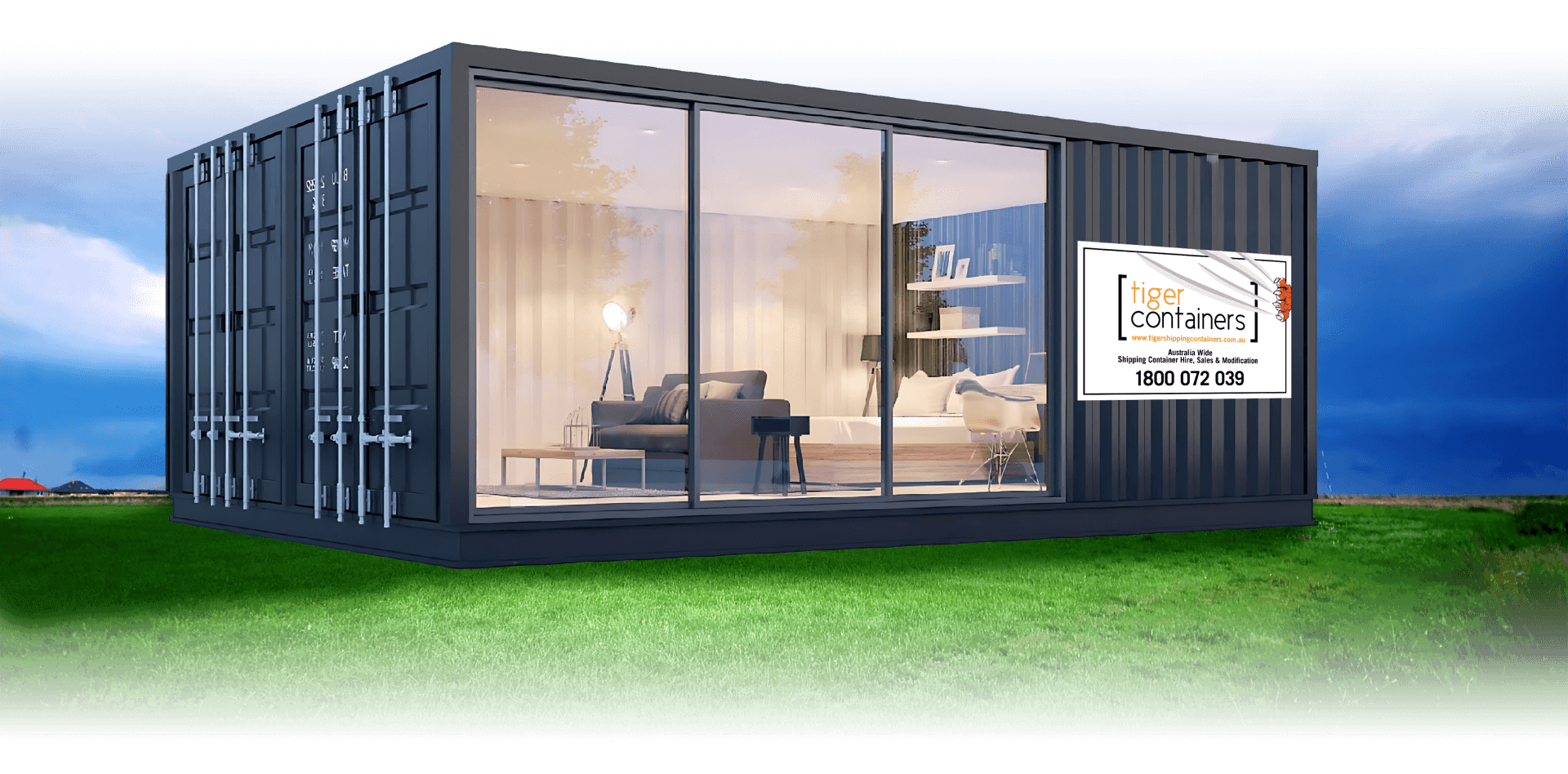
MODIFICATIONS YOU CAN ADD TO YOUR SHIPPING CONTAINER
Once your shipping container is in place, it’s time to repurpose it for storage use. Depending on the types of items you want to store, you can make many different modifications.
ADD A DOOR AND WINDOWS
To make storage more accessible, shipping containers can have added doors for more straightforward access to your items.
Depending on the type of storage and the access you need, you can either fit standard doors, ranch sliders or rolling doors to help make storage easier. If required, you can also fit windows into various areas around the structure.
ADD SECURITY BARS AND LOCKBOXES
It’s crucial to protect your stored goods from thieves, so adding a lockbox or security bars provides extra peace of mind and deters would-be criminals.
ADD STORAGE SHELVES
Adding shelving could be an important requirement in your modified shipping container if you want to make the most of the available space. It’s worth noting before you set to work adding handy shelves that it’s not advisable to drill holes for screws or use nails straight into the steel walls. This can create holes in the outside wall of the container and make it vulnerable to weather conditions such as wind and rain. The moisture build-up over your stored items can damage and, in worst cases, render them useless.
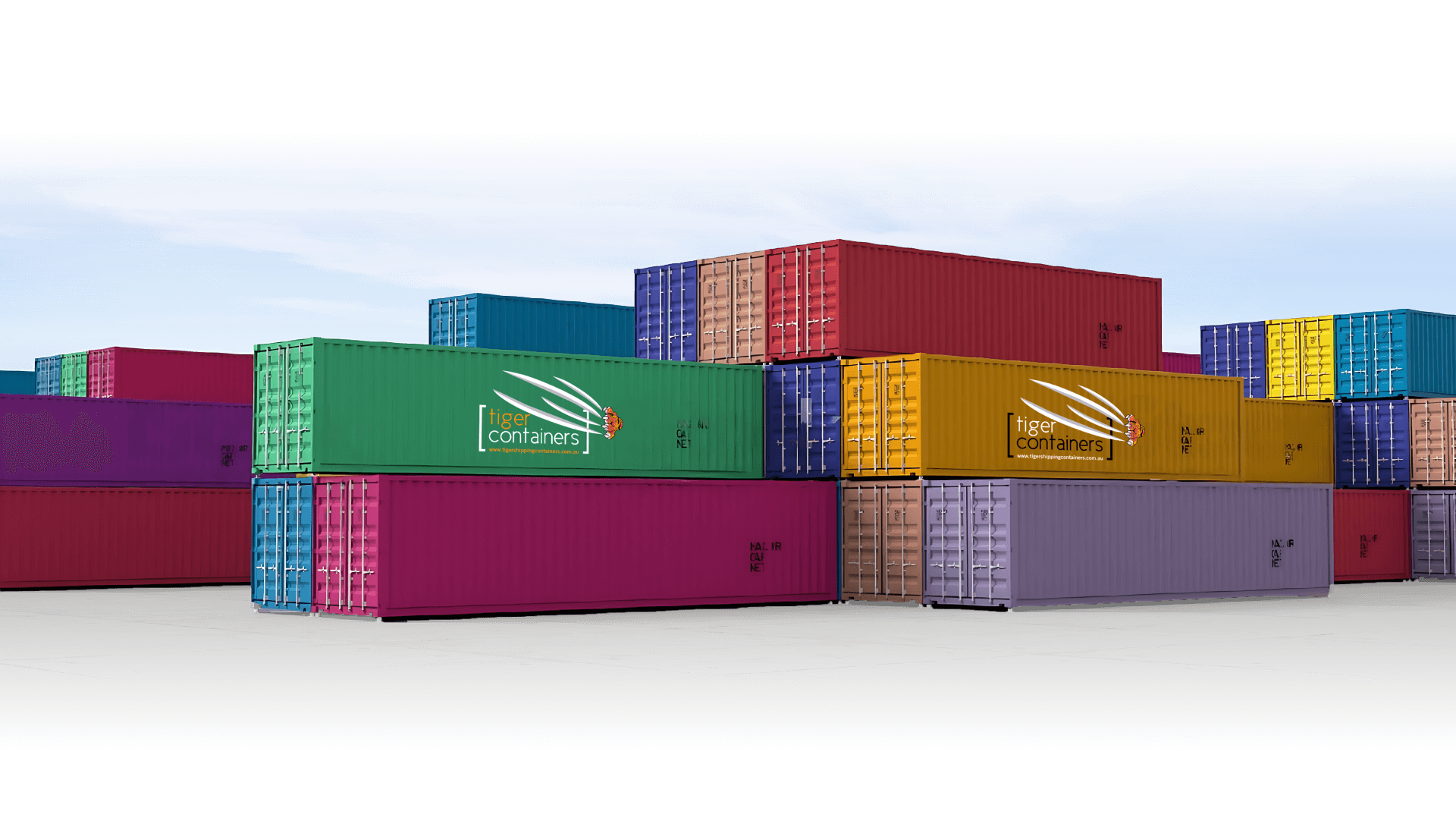
THE NEXT STEPS
For anyone in Australia looking to repurpose a shipping container for all their storage needs, it’s crucial to buy from an experienced shipping container provider.
At Tiger Shipping Containers, we have a dedicated team of industry leaders experienced in all aspects of modifying shipping containers. So, we’re here to help!
We can also customise containers for your every need to fully comply with Australian standards.
Australia’s Biggest Brands Trust
tiger shipping containers
So can you






POPULAR SHIPPING CONTAINER CONVERSIONS
Storage and transport are not the only purposes of shipping containers. Shipping containers can be modified into housing, office sites, sheds and more.
Shipping containers have been around for a while now – since 1955 to be precise. During the better part of their existence, they have mostly been used for a single purpose; transporting cargo across vast oceans.
The features that have made them so popular in shipping are their robust construction, durability, affordability and high security. This has enabled shippers to transport goods safely and securely over long, rough journeys. Over the past few decades, shipping containers have been increasingly venturing out of their comfort zone and getting new and creative uses outside of shipping.
The same features that made them powerhouses in shipping –robustness, durability, affordability, and security –are making them very attractive construction materials. Shipping containers are now being converted into a number of structures for all manner of purposes.
The use of shipping containers for construction has also been boosted by the increasing environmental awareness by the worldwide population. People are increasingly turning to more sustainable lifestyles with recycling and upcycling taking the centre stage in this movement. This has seen the number of container conversions increase significantly.
CONTAINER ACCOMMODATION
Need to put together a living space in a short time with a small budget? Look no further.
Speed and budget is what shipping containers do best. A 20ft shipping container (with just a few modifications) can be converted into a comfortable and secure living space to cater for temporary housing needs such as on-site accommodation.
A single container can fit a small living area, a bed and a small kitchenette for self-prepared meals.
Because these kinds of units are made from one modular block, transporting them to a different area once the job is complete is easy. Just load it onto a truck and transport it to the next location. Simple.
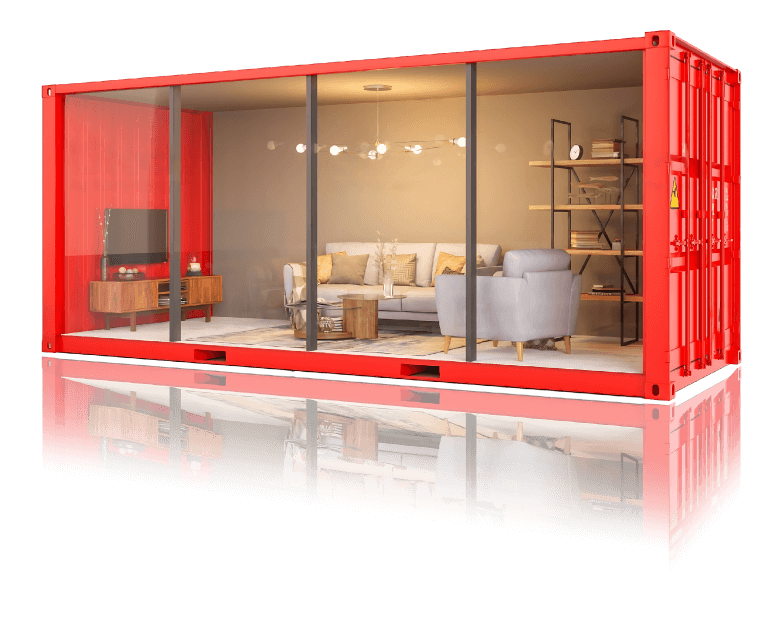
In Germany, where they are facing a refugee issue after the escalation of the Syrian crisis, authorities in one city have come up with an ingenious plan to provide decent accommodation to refugees before their asylum applications are processed. Housing units made of shipping containers stacked two high have been put up and are providing relatively comfortable accommodation for more than 200 people.
This example shows just how easy and practical it is to construct quick accommodation using cargo containers as the building material. They are readily available (virtually anywhere in the world) and once they have been retired from shipping, they can be acquired quite cheaply too. This makes them perfect for this kind of use.
- It’s cheap - You wouldn’t want to spend too much money constructing a house to be used for just a short time. Sea containers provide a cheap alternative with comparable durability relative to other “quick” construction materials.
- Fast to assemble - There are only two major tasks involved in constructing a simple house using containers: Getting it to the location and insulation. And if the area of use has a moderate climate, insulation might not be necessary. Just ventilation. Nothing a blow torch can’t do.
- Reuse value - After you are through using the accommodation, the container can be stripped and used for another purpose.

SHIPPING CONTAINERS CONVERTED INTO HOMES
Everyone dreams of owning a home at some point in their life. The high cost of constructing a home, however, makes this dream very difficult to attain for the average person.
Cargo containers provide an affordable material for constructing a home at a fraction of the cost of a “traditional” home. In an article ran in the Daily Telegraph a while back, it was estimated that the cost of constructing a shipping container home standard container modification to create a kitchen, could be as low as a fourth the construction cost of a regular home.
For home construction, more than one shipping container will be required to make a comfortable living space. Two is ideal. Preferably the two should be joined together to create one seamless house from the inside. And because this house will be used for quite a while, insulation and a good foundation is a must.
Shipping container homes might also require a few more permits depending on zoning laws in your location, so make sure to check with your local authorities before you purchase the shipping containers. If your budget is not too constrained, you could bring in an architect to help with the design for a modern masterpiece.
A good example of a professionally designed shipping container home is this Graceville house built by Australia’s own; Ziegler build. It is the largest shipping container home in Australia with a total floor space of 560m2 and a total of 31 containers.

It’s cost-effective - It’s far cheaper to construct a house using shipping containers than other materials. You could even do it by yourself if you have the technical know-how, which will save you even more money.

It’s good for the environment - Building a home using this material makes use of an item that would have otherwise become waste. By upcycling this item, the environmental footprint of constructing a house is significantly reduced.

It’s quick to construct - It takes an average of about 8 months to build a house using regular building materials. This time can be reduced to a few weeks when shipping containers are used – especially where all the modifications are done off-site.
SHIPPING CONTAINER KITCHENS
If you need a commercial or light-duty kitchen, either for on-grid or off-grid use, shipping containers provide a way for you to do it quick, easy and in a cost-efficient way.
As with any other kitchen, cleanliness is of the utmost importance when it comes to this kind of kitchen. A standard container modification to create a kitchen usually involves lining the interior with stainless steel, installing the necessary plumbing for sinks and taps, and installing vents to take out all the hot air and steam.
Depending on your needs, you could either use a single container or have two or more welded together to create a larger space. Shipping containers make for excellent takeout eateries and on-site kitchens, because they are non-permanent structures that can easily be installed or removed.
- Mobility - Because shipping containers are made of a single modular structure, moving them around is very easy. Plus you can trust the shipping container to keep everything inside safe during transportation – because it’s what they do best.
- Inexpensive - Buying a shipping container for this use is cheaper than building a kitchen or renting a space for your kitchen.
SHIPPING CONTAINERS SITE OFFICES
For cargo container on-site offices, not a lot of modifications are required to make the transformation. If the place of use has extreme weather conditions, insulation might be necessary, but otherwise installing windows and vents will be enough to moderate temperatures.
The robust construction of shipping containers and ability to keep the elements at bay make them perfect for this use. Containers are secure enough to protect the important items usually kept in an office.

It’s easy to construct - It takes very little time to put together this kind of office. The modifications can be done off-site to reduce time.

It’s easy to move - It’s easy to move - On-site work ends after the project ends and the temporary structures set up need to be moved. Shipping containers are easy to transport.

It’s inexpensive - Since the office will only be used for a short while, constructing an elaborate structure would not make economic sense.
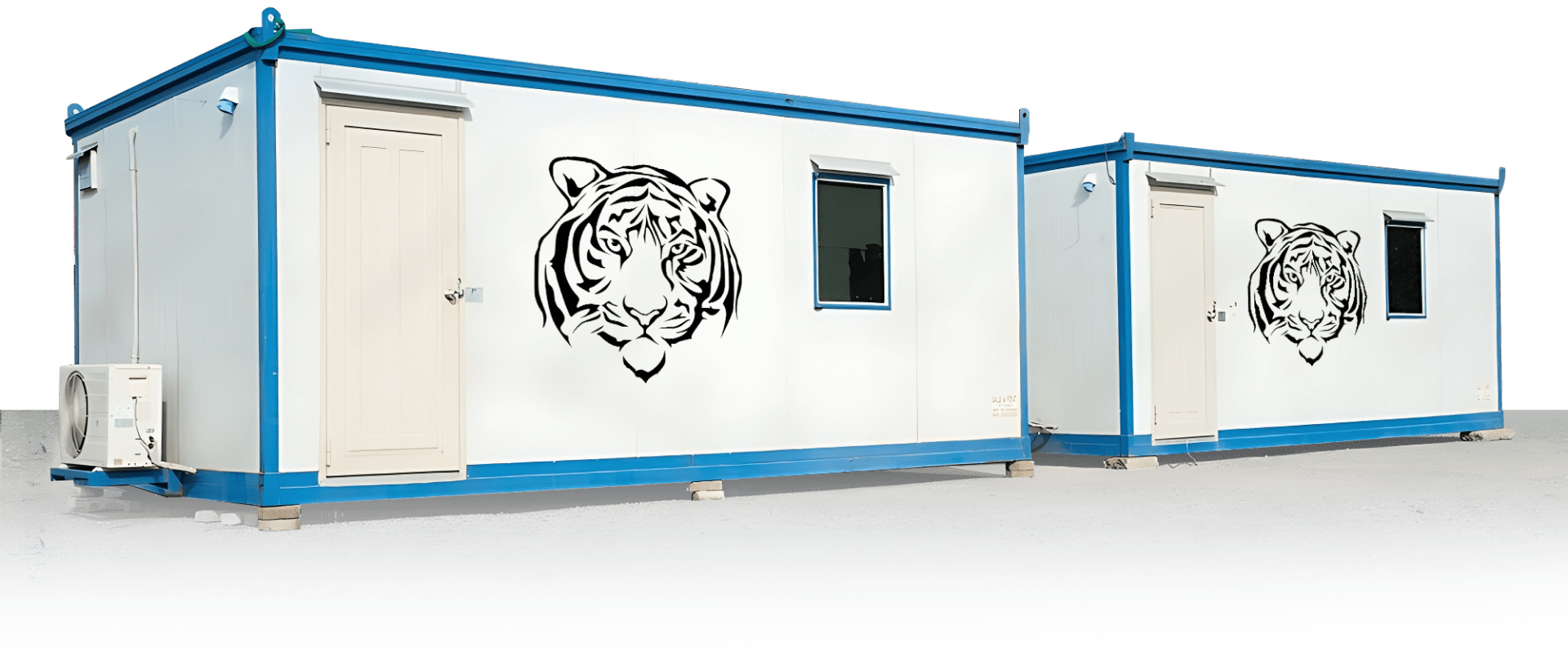
OTHER REGULATIONS FOR
MODIFYING SHIPPING CONTAINERS FOR STORAGE
If you intend to store hazardous goods, then you will need to follow the rules laid out in the Australian Standards.
Hazardous goods include:

Class 5 organic peroxides

Class 3 flammable liquids

Class 8 corrosive substances
To fully comply, you will need to make sure a shipping container for storage has certain features which reduce risks to humans, property and the environment.
Need a shipping container for your upcoming project? Tiger Shipping Containers provide quality new and used shipping containers at competitive prices. Our team of qualified and experienced technicians will also help you make the modifications you require to meet your needs.
